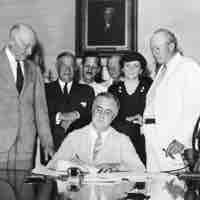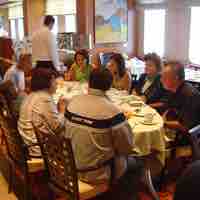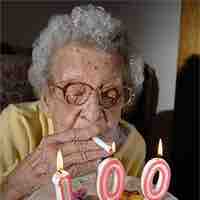Chapter 18
Aging
By Boundless
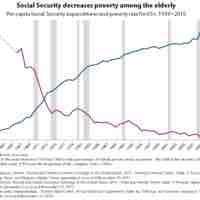
Aging is the process of people growing older.
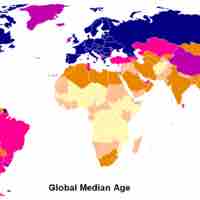
The elderly proportion of the population is growing around the world, but it is greater in developed countries.
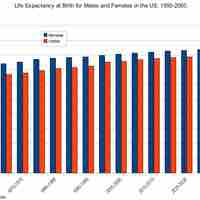
Aging to sex ratios show women living longer than men, but this gap has been quickly narrowing since 1990.

Individuals with different racial backgrounds tend to have different experiences with old age.
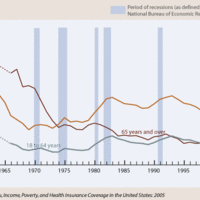
In order to assist the elderly with their living and healthcare costs, the U.S. government established assistance programs like Medicare.
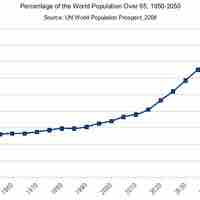
Global aging differs depending on the access to economic and social resources; thus, industrialized countries tend to have older populations.
The social construction of aging entails the creation of social norms and symbols that encapsulates the aging process.
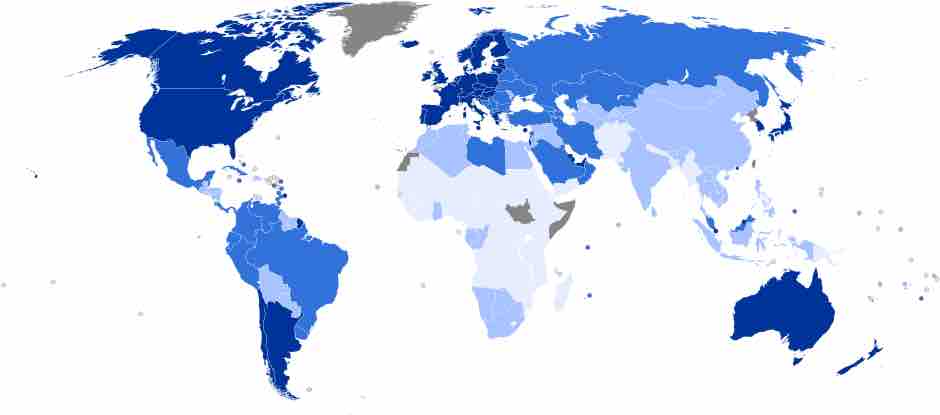
Industrialization has contributed to the growth of the older age population due to the technological advances that have come with it.

The graying of America has contributed to the higher concentration of the elderly in certain areas of the United States.
The disengagement theory of aging claims that it is natural and acceptable for older adults to withdraw from society and personal relationships as they age.
Activity theory proposes that successful aging occurs when older adults stay active and maintain social interactions.
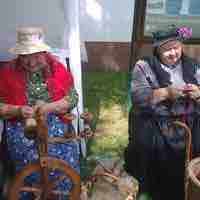
The continuity theory proposes that older adults maintain the same activities, behaviors, personalities, and relationships of the past.
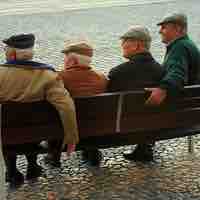
Social isolation is common in elderly populations and refers to a complete or near-complete lack of contact with other people.

Ageism is the discrimination of groups because of their age, and applies especially to the elderly.

Elder abuse is the use of physical or mental harm against people of an older age.
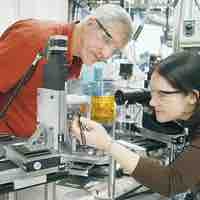
Although health problems rise when one comes into older age, social effects also exacerbate of medical ailments by the elderly.
